Partner Story Advertorial
Japan Art & Culture, Cities, Countryside, Food & Wine, Sustainable Tourism
Kōchi: Japan’s coastal escape of temples, forests and culture
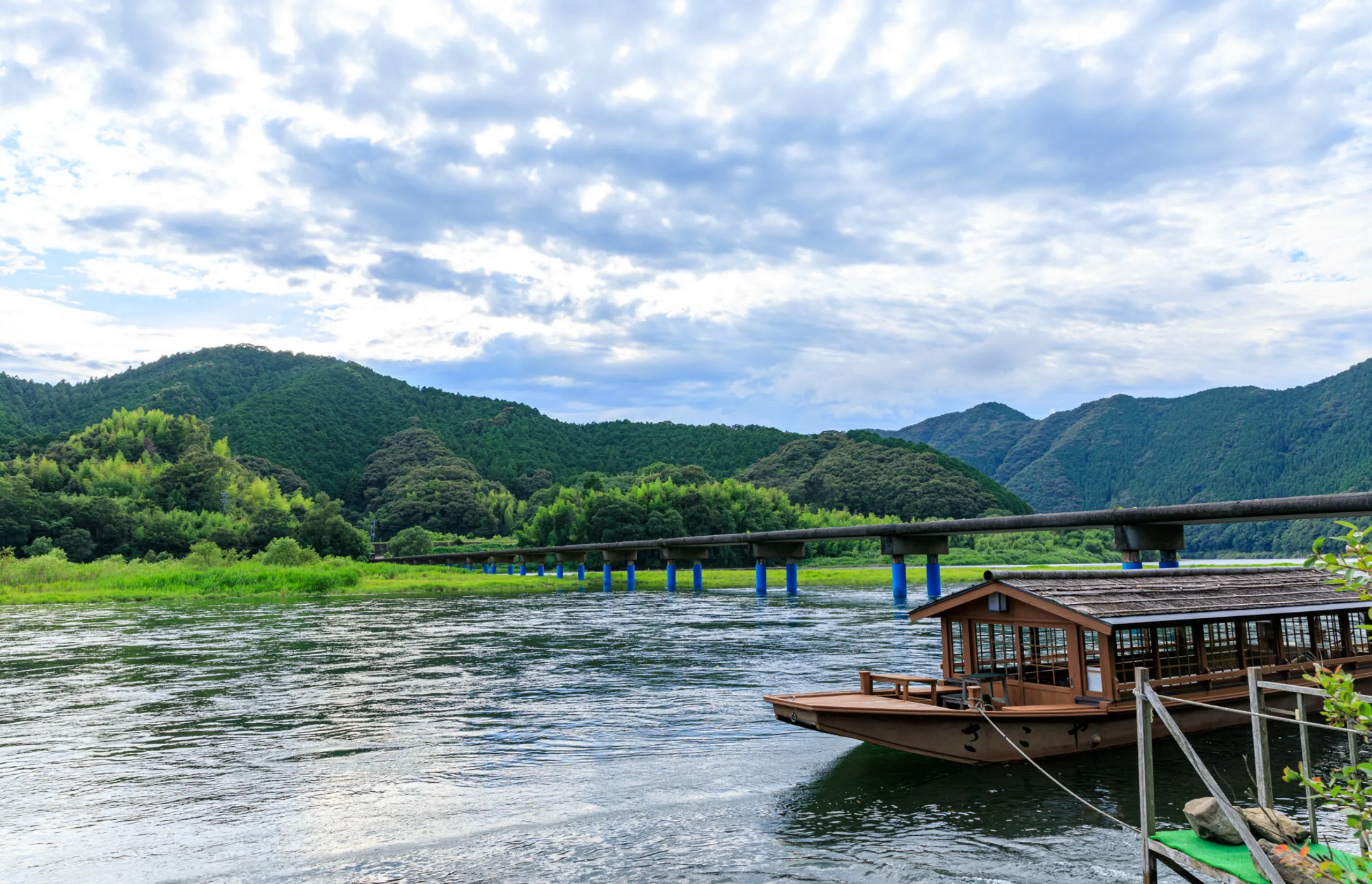
Kōchi, Japan | Sakoya
Discover a quieter side of Japan in Kōchi, where pilgrimage trails, timber architecture and river valleys invite a slower pace
There is a certain kind of traveller who goes to Japan in search of stillness. Someone drawn not only to temples, gardens and mountain air, but to the feeling of being gently unhurried. For those travellers, Kōchi – on the southern coastline of Shikoku island – offers a profoundly restorative experience.
Here, lush forests meet the Pacific, rivers shine in ribbons of blue and traditional culture is not preserved for display, but simply lived. While Tokyo, Osaka and Kyoto hum with energy, Kōchi moves at a tempo shaped by tide and season, woodsmoke and rain, footfall on old stone paths.
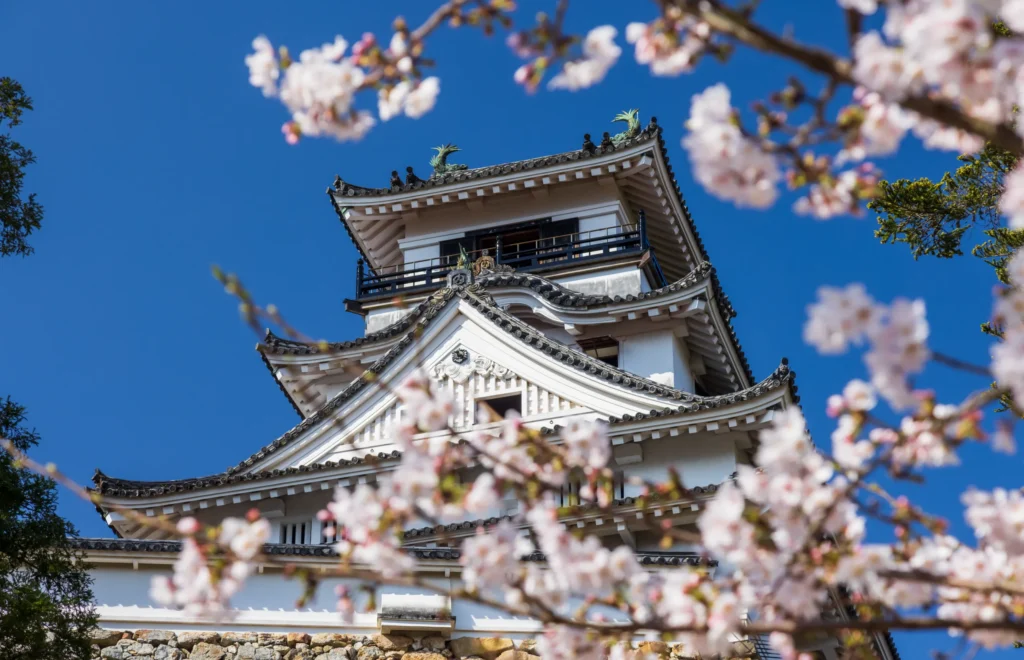
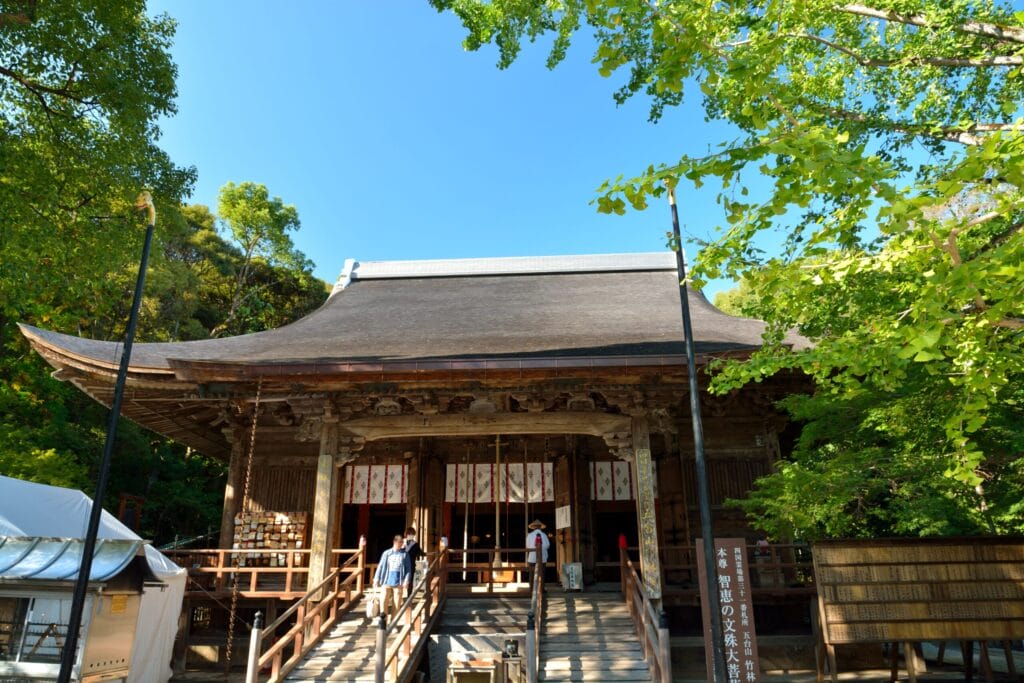
Kōchi’s Shikoku Pilgrimage
Kōchi is inseparable from the Shikoku Pilgrimage, a centuries-old, 1,400-kilometre journey linking 88 sacred Buddhist temples across the island. While a full pilgrimage takes weeks, visitors can embrace the essence of the walk by exploring selected temple routes within the Prefecture. These trails encourage contemplation and connection, with each shrine, temple and pagoda offering a reason to pause and inhale. A moment amid nature that is grounding, humbling and healing in equal measure.
At Chikurin-ji, also known as Temple 31, a five-tiered pagoda rises from quiet gardens at the edge of Kōchi City. Monks chant in the morning light as camellias drop their petals like soft punctuation. Further into the mountains, Kiyotaki-ji (Temple 35) is reached by climbing long stone stairways beneath tall cedar. The air is cool here, scented with resin and damp earth. And at Hotsumisaki-ji (Temple 24), perched at the southern end of Cape Muroto, the Pacific spreads out in vast and restless blue.
Discovering ‘Niyodo Blue’ in Kōchi’s famous river
Just inland, the Niyodo River flows through steep valleys of cedar and cypress, its water so clear it refracts into luminous tones the Japanese call ‘Niyodo Blue’. The colour must be seen to be believed – the river glows, shifting in opaline hues from turquoise to glass-green, depending on the light.
Travellers come here not for adrenaline, but for presence. Perhaps it is enough to sit on smooth river stones and watch the water slide by. Or to slip into the shallows on a warm afternoon, surrounded by drifting leaves. Some choose gentle paddle journeys, drifting beneath forested ridgelines. Others follow walking paths to waterfalls that appear like portals into another world.
A scenic road offers a relaxed route revealing the valley’s highlights without rushing from viewpoint to viewpoint. The joy is not in ticking off sights, but in listening to the river until it slows your pulse.

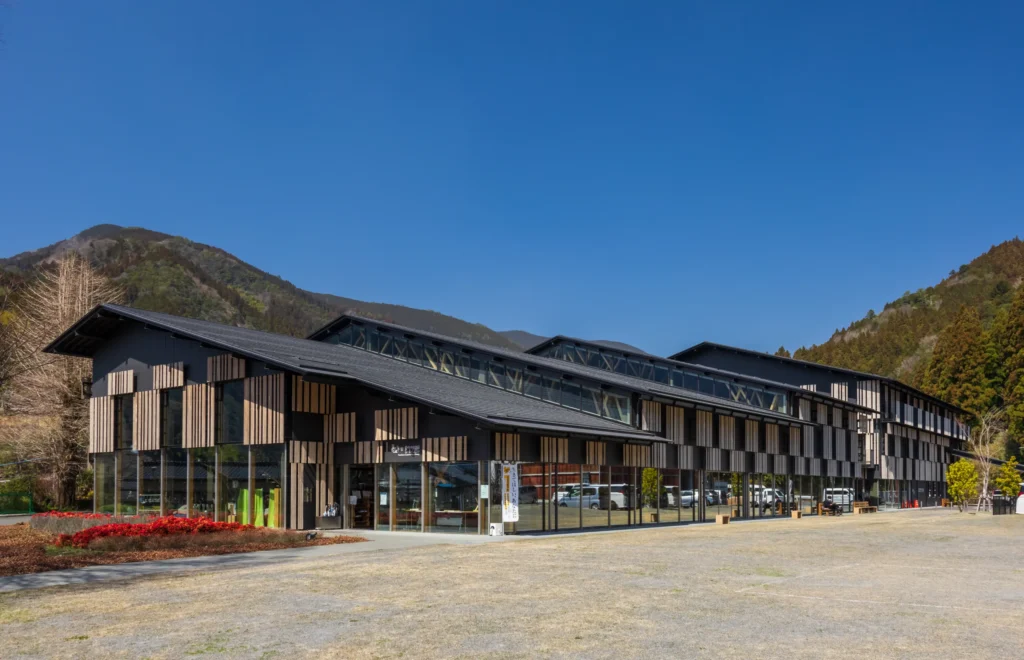
The drama of architecture in Yusuhara
High in the mountains, the town of Yusuhara expresses another side of Kōchi’s identity –one rooted in craftsmanship, sustainability and quiet, human-scale design. While the town is small, its architectural legacy is significant. Here, celebrated architect Kengo Kuma has designed a series of public buildings that feel organic, shaped from local cedar and light.
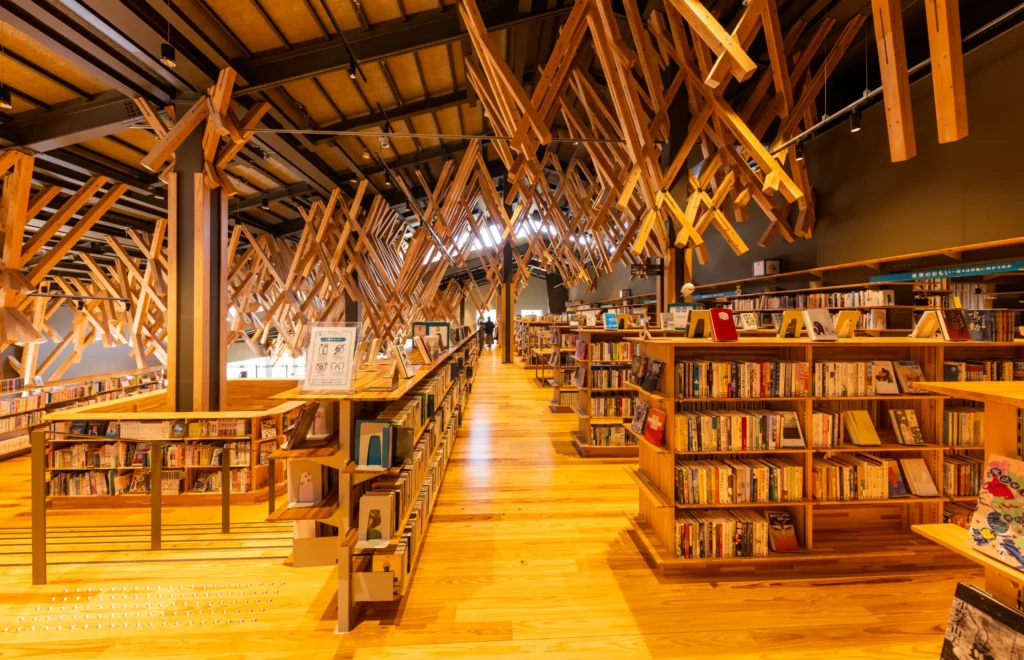

The Yusuhara Wooden Bridge Museum cuts a striking form between buildings like a contemporary interpretation of a covered walkway, suspended as though in mid-thought. The Yusuhara Community Library, known as Kumo-no-Ue-no Library, is all warm timber scent and soft daylight, creating a space where time seems to slow. Even the town hall feels intimate, a civic building rooted more in community wellbeing than grandeur. Nearby, Marche Yusuhara showcases produce and craft shaped by mountain seasons: chestnuts, pickled greens, handmade miso and small-batch ceramics.
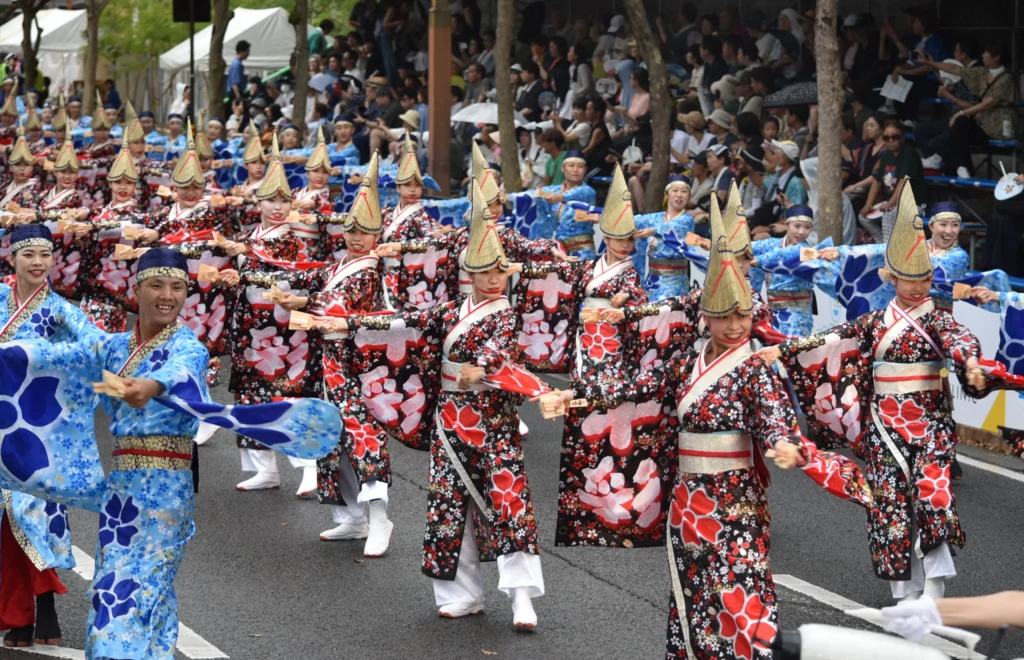
Yosakoi: A Festival For All
If the pilgrimage offers reflection and the river offers serenity, Kōchi’s Yosakoi Festival offers joy – real, communal joy. Held each summer, the festival sees locals and visiting dance teams fill the streets with costume, sound and movement. Participants dance with wooden naruko clappers, moving to rhythms that blend tradition with contemporary beat. The energy is uplifting, warm and deeply human; a reminder that culture is a living thing.
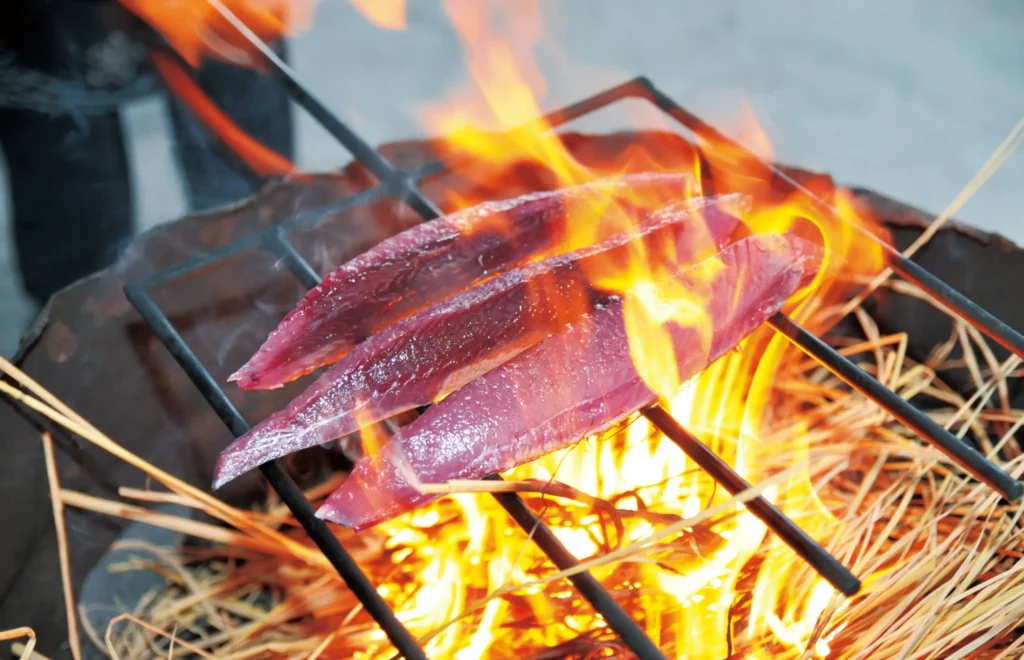
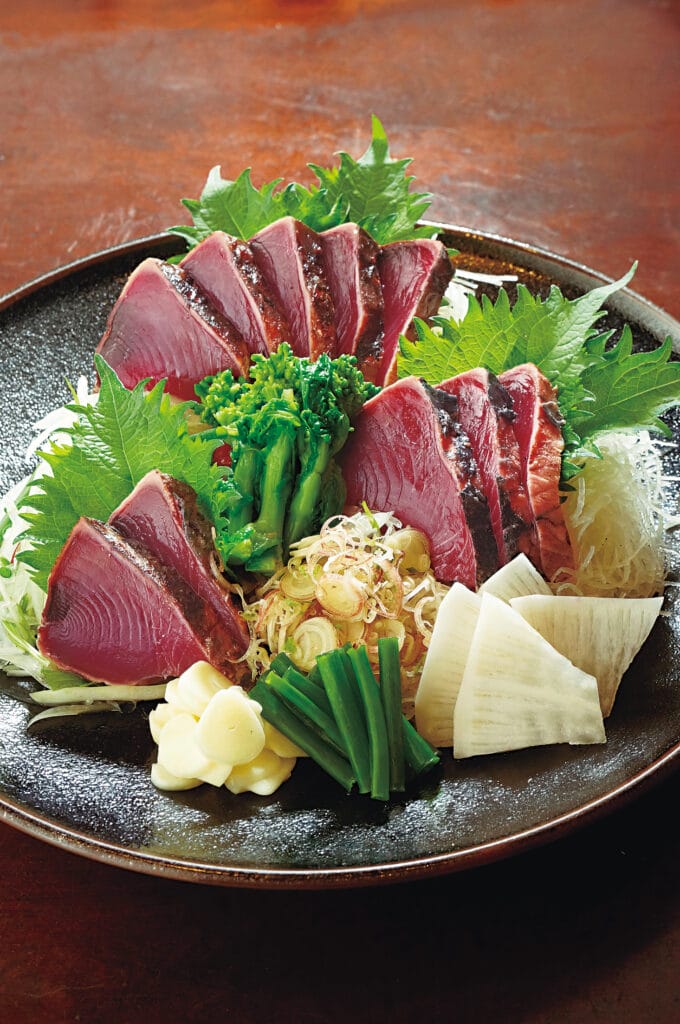
A Taste of Kōchi
Food in Kōchi is guided by the seasons and shaped by the prefecture’s coastal and mountain geography. The signature dish, katsuo no tataki, is bonito seared briefly over burning straw, served warm with citrus and salt. It is smoky, delicate, earthy and fresh, and the flavour lingers long after you’ve taken your last bite.
Local sake is crisp and clean, river fish is prepared simply and vegetables are often wild-foraged. Meals here feel honest, nourishing and rooted in place.
Getting to Kōchi
Kōchi is easily accessed by air from Tokyo, Osaka and Fukuoka, or via rail links across Shikoku. Spring and autumn are ideal for walking and river exploration, though summer has its own beauty, especially if timed with Yosakoi’s joyful celebration.
Latest Articles
Don't miss the latest from Luxury Travel
